Forums
- Forums
- Duggy's Reference Hangar
- RAF Library
- Vickers Wellesley
Vickers Wellesley
Post a reply
- Go to Previous topic
- Go to Next topic
- Go to Welcome
- Go to Introduce Yourself
- Go to General Discussion
- Go to Screenshots, Images and Videos
- Go to Off topic
- Go to Works in Progress
- Go to Skinning Tips / Tutorials
- Go to Skin Requests
- Go to IJAAF Library
- Go to Luftwaffe Library
- Go to RAF Library
- Go to USAAF / USN Library
- Go to Misc Library
- Go to The Ops Room
- Go to Made in Germany
- Go to Campaigns and Missions
- Go to Works in Progress
- Go to Juri's Air-Raid Shelter
- Go to Campaigns and Missions
- Go to Works in Progress
- Go to Skinpacks
- Go to External Projects Discussion
- Go to Books & Resources
-
5 years agoSun Nov 10 2024, 09:48amDuggy
 Main AdminDesign and development
Main AdminDesign and development
The design originated from the Air Ministry Specification G.4/31 which called for a general purpose aircraft, capable of carrying out level bombing, army co-operation, dive bombing, reconnaissance, casualty evacuation and torpedo bombing. The biplane Vickers Type 253 design, which used a radical geodesic airframe construction, derived from that used by Barnes Wallis in the airship R100, was ordered by the Ministry and tested against the specification along with the Fairey G.4/31, Westland PV-7, Handley Page HP.47, Armstrong Whitworth A.W.19, Blackburn B-7, Hawker P.V.4 and the Parnall G.4/31. The Type 253 was declared the winner, with 150 being ordered.
The Vickers Type 246 monoplane, which used the same geodetic design principles for the fuselage and wings, was then built as a private venture, first flown at Brooklands by Vickers' Chief Test Pilot J "Mutt" Summers, on 19 June 1935 and offered to the RAF. This aircraft had superior performance but did not attempt to meet the multi-role requirements of the specification, being designed as a bomber only. An initial order for 96 Type 246s was substituted for the Type 253 order. The RAF ultimately ordered a total of 176 with the service name "Wellesley", to a newly written specification 22/35, with a 14-month production run starting in March 1937.
The Wellesley was a single-engine monoplane with a very high, 8.83, aspect ratio wing and a manually operated, retractable undercarriage. As it was not known how the geodetic structure could cope with being disrupted by a bomb bay, the Wellesley's bomb load was carried in two streamlined panniers under the wings. The Wellesley Mk I had two cockpits but this was changed in the Wellesley Mk II to a single-piece cockpit canopy covering the pilot and navigator positions.
Operational history
The RAF received its first Wellesleys in April 1937, serving with No. 76 Squadron RAF at Finningley and it eventually equipped six RAF Bomber Command squadrons in the UK. Five aircraft with provisions for three crew members were modified for long-range work with the RAF Long-Range Development Flight. Additional modifications included the fitting of Pegasus XXII engines and extra fuel tanks. On 5 November 1938, three of them under command of Squadron Leader Richard Kellett flew non-stop for two days from Ismailia, Egypt to Darwin, Australia 7,162 miles (11,526 km) setting a world distance record. All three aircraft broke the record, but No. 2 aircraft landed in West Timor, 500 miles (800 km) short of the objective. The Wellesley's record remained unbroken until November 1945. This flight is still the longest by an aircraft with a single piston engine.



By the outbreak of the Second World War, the Wellesley had been phased out from home-based squadrons, with only four examples remaining in Britain, but they remained in service with three squadrons based in the Middle East. Following the Italian declaration of war on 10 June 1940, the remaining Wellesley squadrons participated in the East African Campaign against Italian forces in Eritrea, Ethiopia and Somaliland. Although obsolete, the Wellesley formed a major part of the British Commonwealth bomber forces, mainly carrying out raids targeting Eritrea and northern Ethiopia. Sudan-based Wellesleys carried out their first bombing mission on 11 June 1940, against Asmara in Eritrea. Three days later, they were involved in their first air combat, when Capitano Mario Visintini, future top-scoring biplane ace of the Second World War, intercepted a pair of Wellesleys from 14 Squadron on their way to bomb Massawa. Visintini, who was flying a Fiat CR.42, shot down the aircraft K7743, flown by Pilot Officer Reginald Patrick Blenner Plunkett. It was the first of Visintini's 16 air victories in Eastern Africa.
In the early part of the campaign, fighter escort was not available and when caught by CR.42s, Wellesleys proved vulnerable to the Italian biplane fighter. Despite this, the Wellesley continued to be sent on bombing raids, bombing Addis Ababa from Aden on 18 August. The Wellesley continued in use against the Italians over East Africa until November 1941, when Gondar, the last Italian-held town, fell to Commonwealth and Ethiopian forces. The final Wellesley-equipped unit, 47 Squadron, was then switched to maritime reconnaissance duties over the Red Sea, continuing in this role until September 1942.
While the Wellesley was not a significant combat aircraft, the design principles that were tested in its construction were put to good use with the Wellington medium bomber, which became one of the mainstays of Bomber Command in the early years of the European war. In February 1940, three Wellesleys (K7728, K7735 and K8531) were sold to Egypt to serve in the Royal Egyptian Air Force.
Vickers private venture G.4-31 monoplane under construction.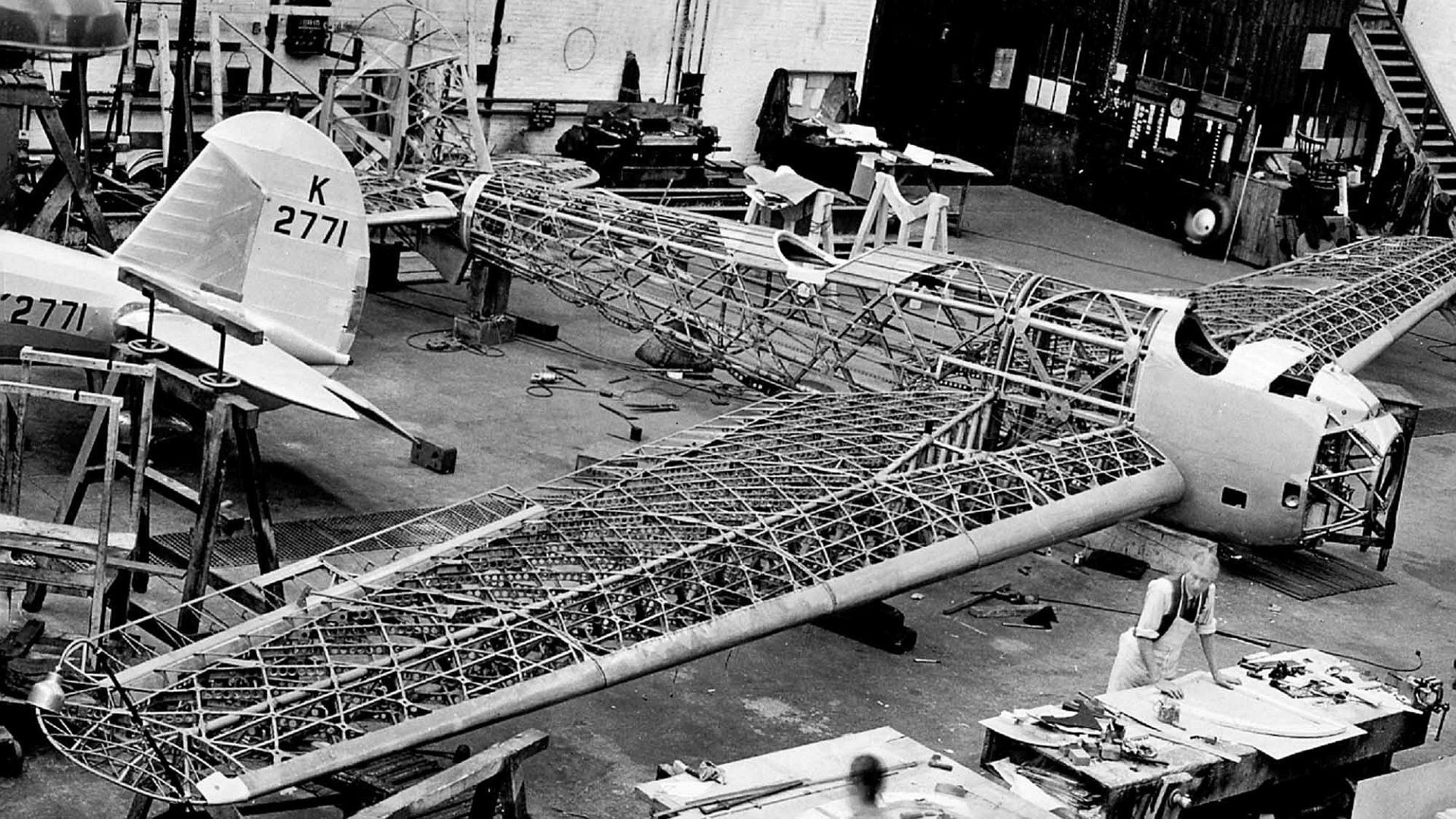
Vickers private venture G.4-31 monoplane prototype at Brooklands.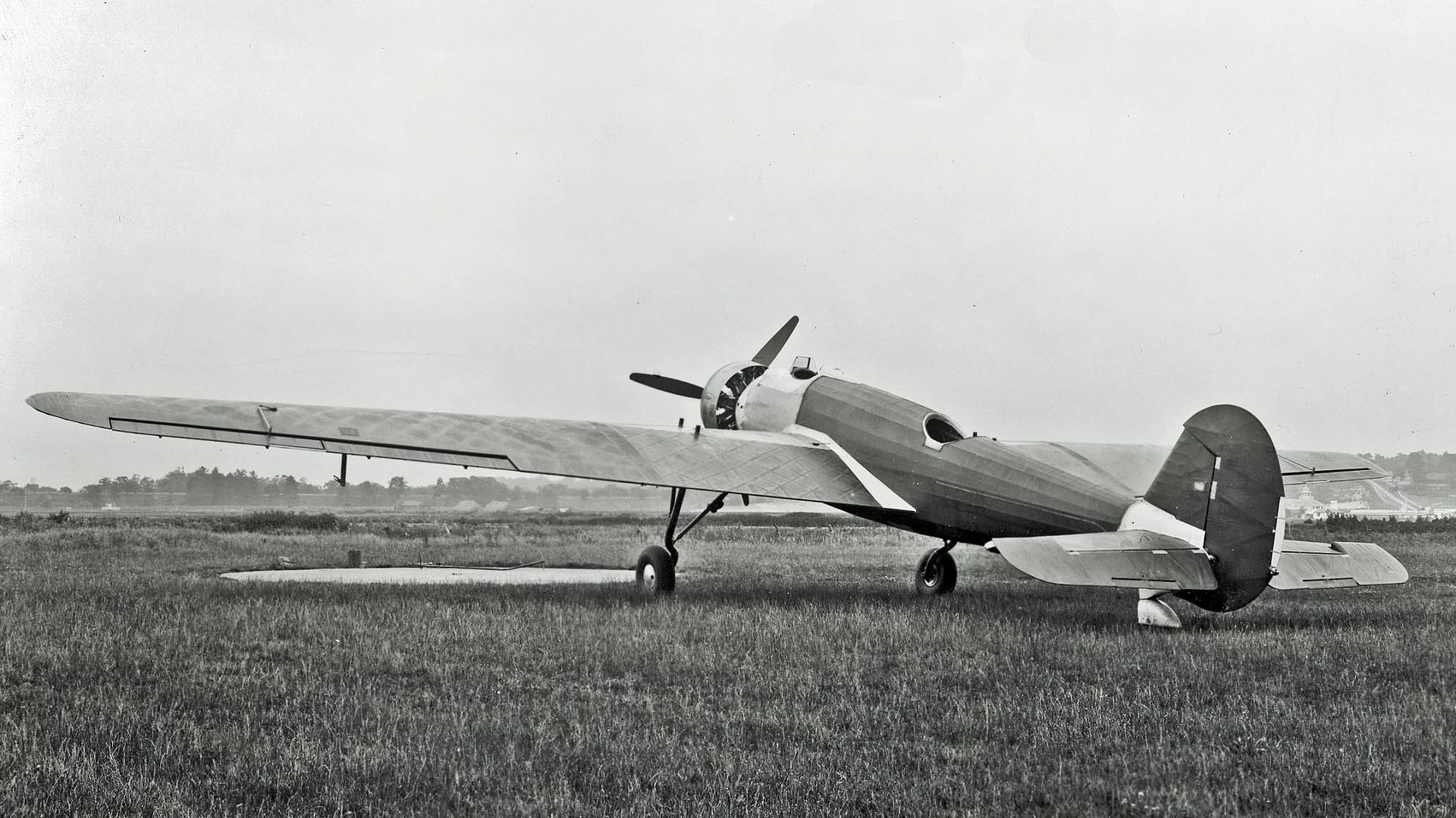
Vickers G.4-31 monoplane modified as the pre-production prototype of the Wellesley. Seen at Martlesham Heath in July 1936 awaiting inspection by King George VI.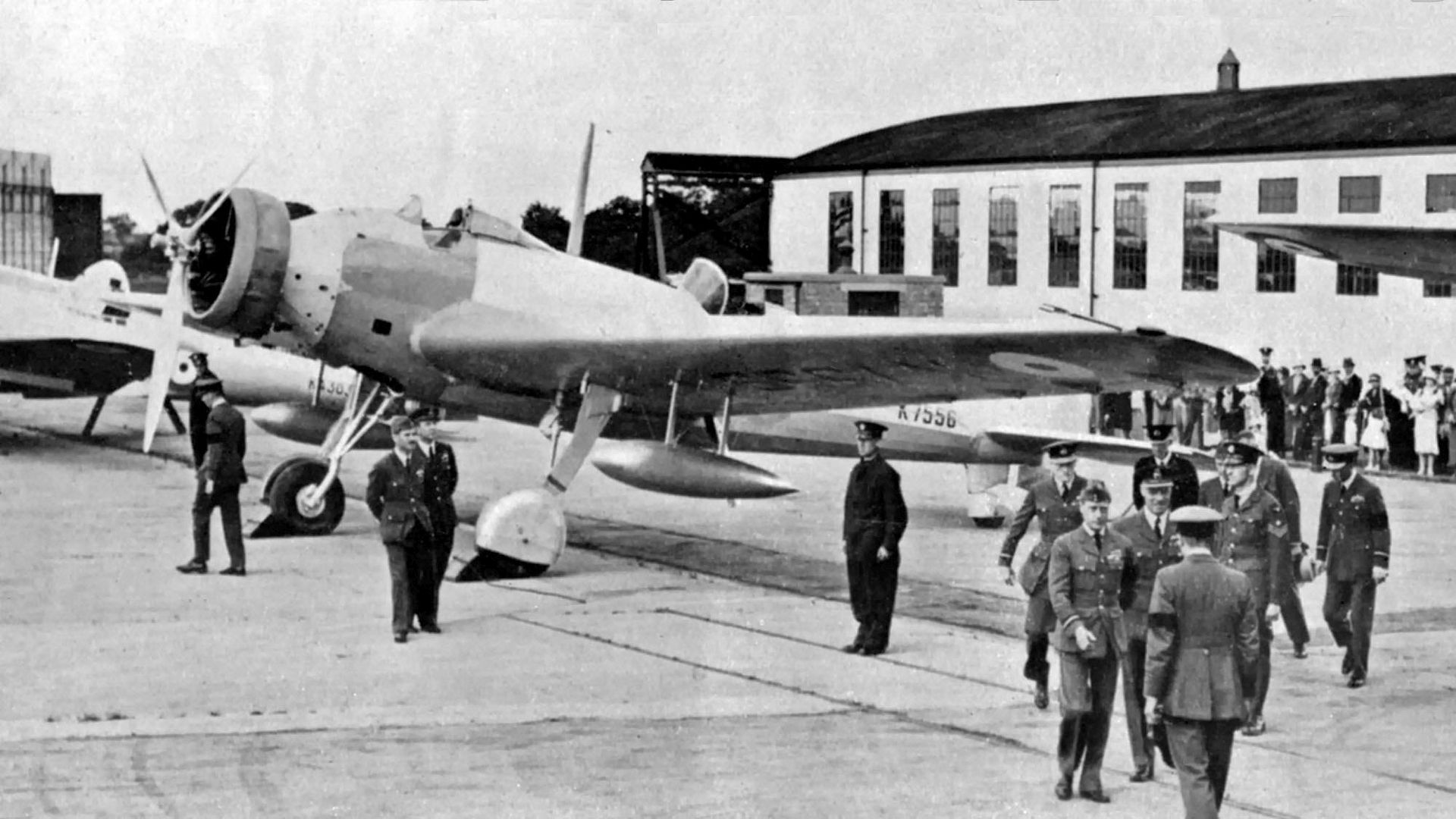
Vickers K7713 was the first production Wellesley.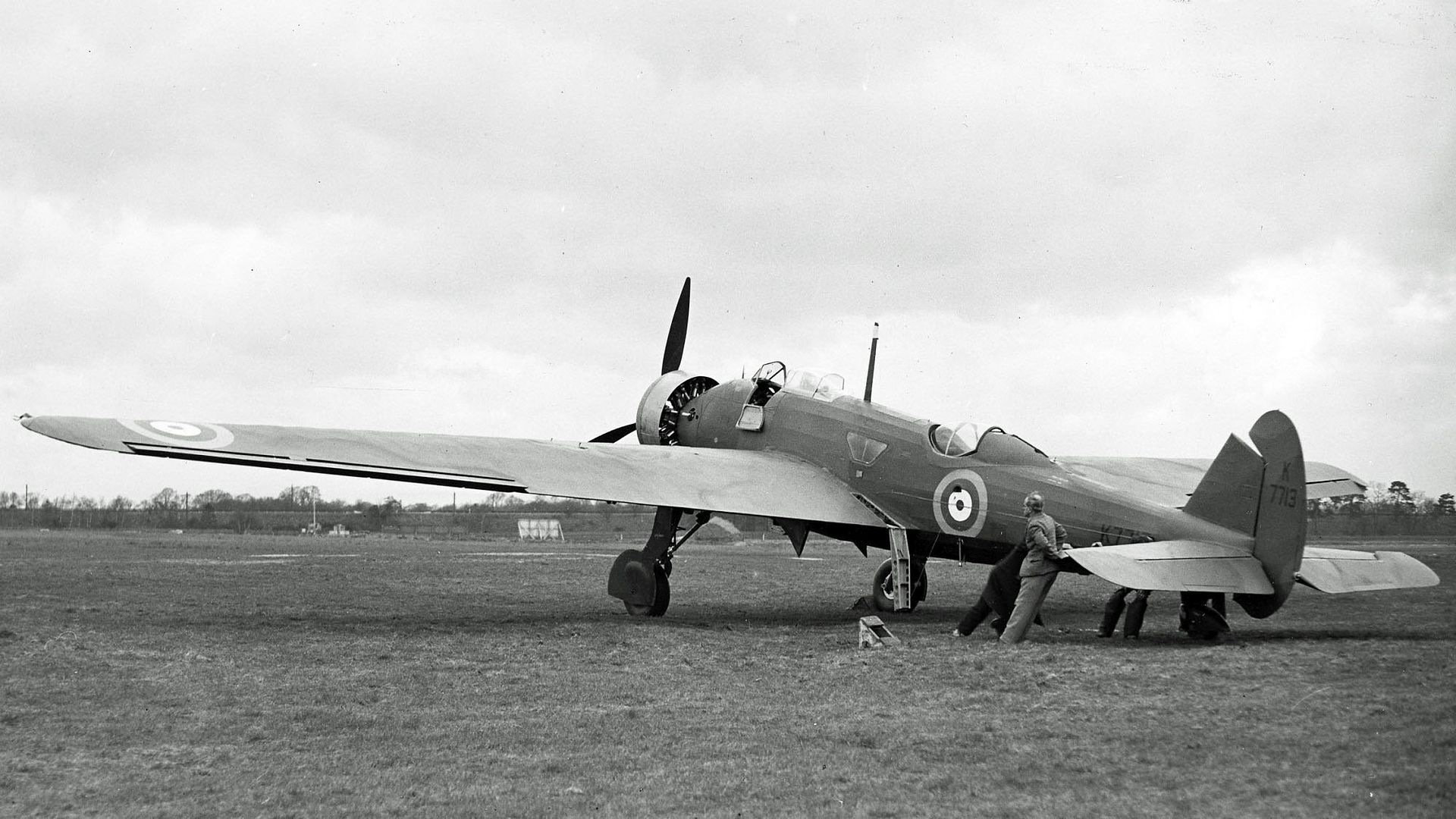
Vickers UK Wellesley Mk.I aircraft on the ground before their departure on a long-range record flight attempt from the Royal Air Force Station at Ismalia.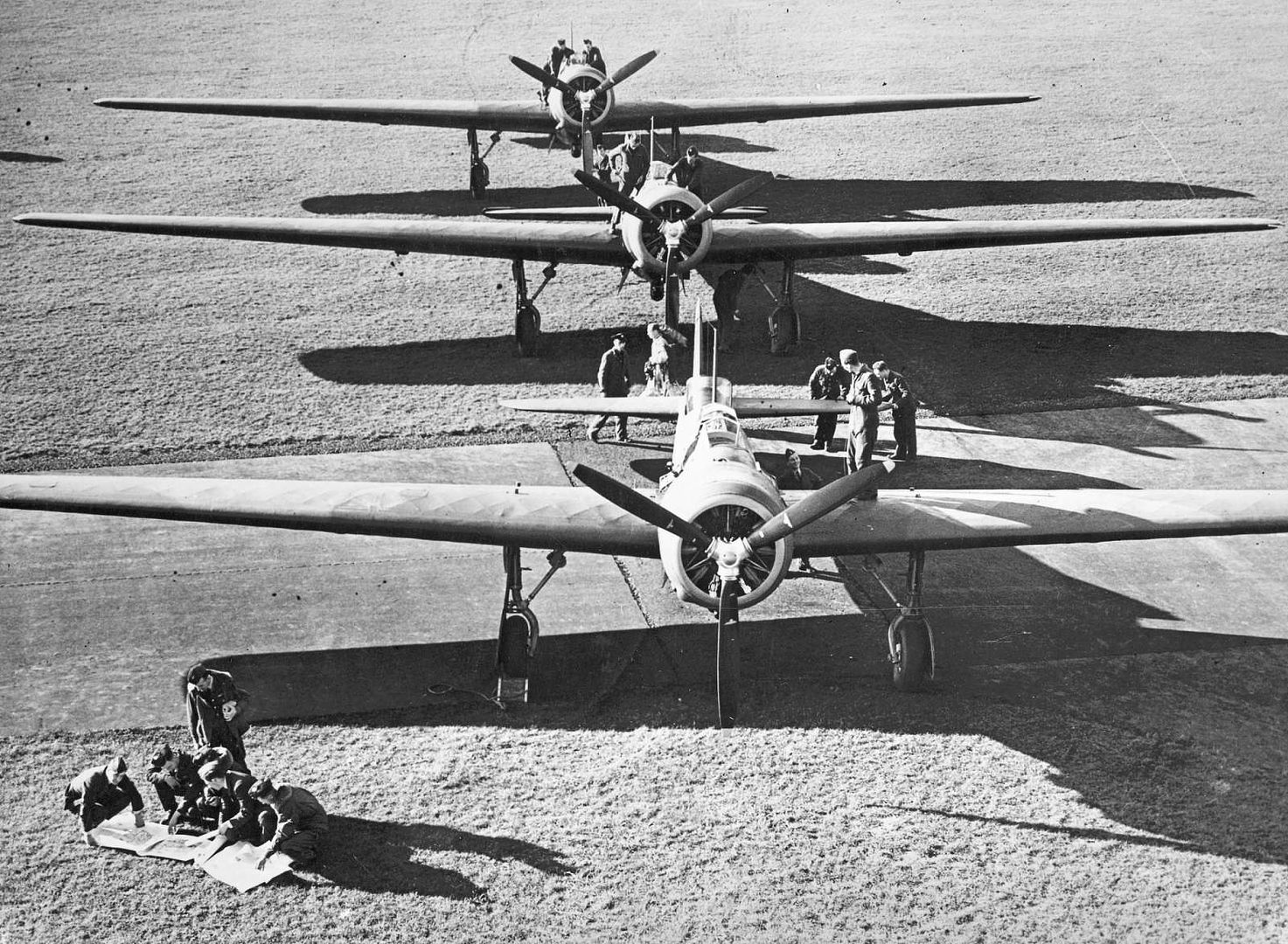
Vickers Wellesley Bristol Pegasus.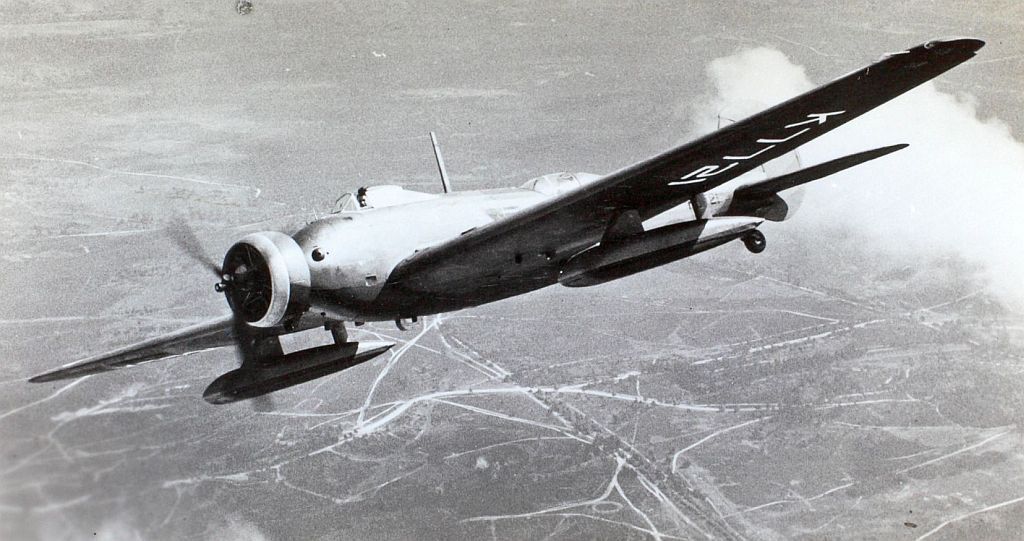
Vickers Wellesley L2654 shows the underwing bomb carriers used on this type.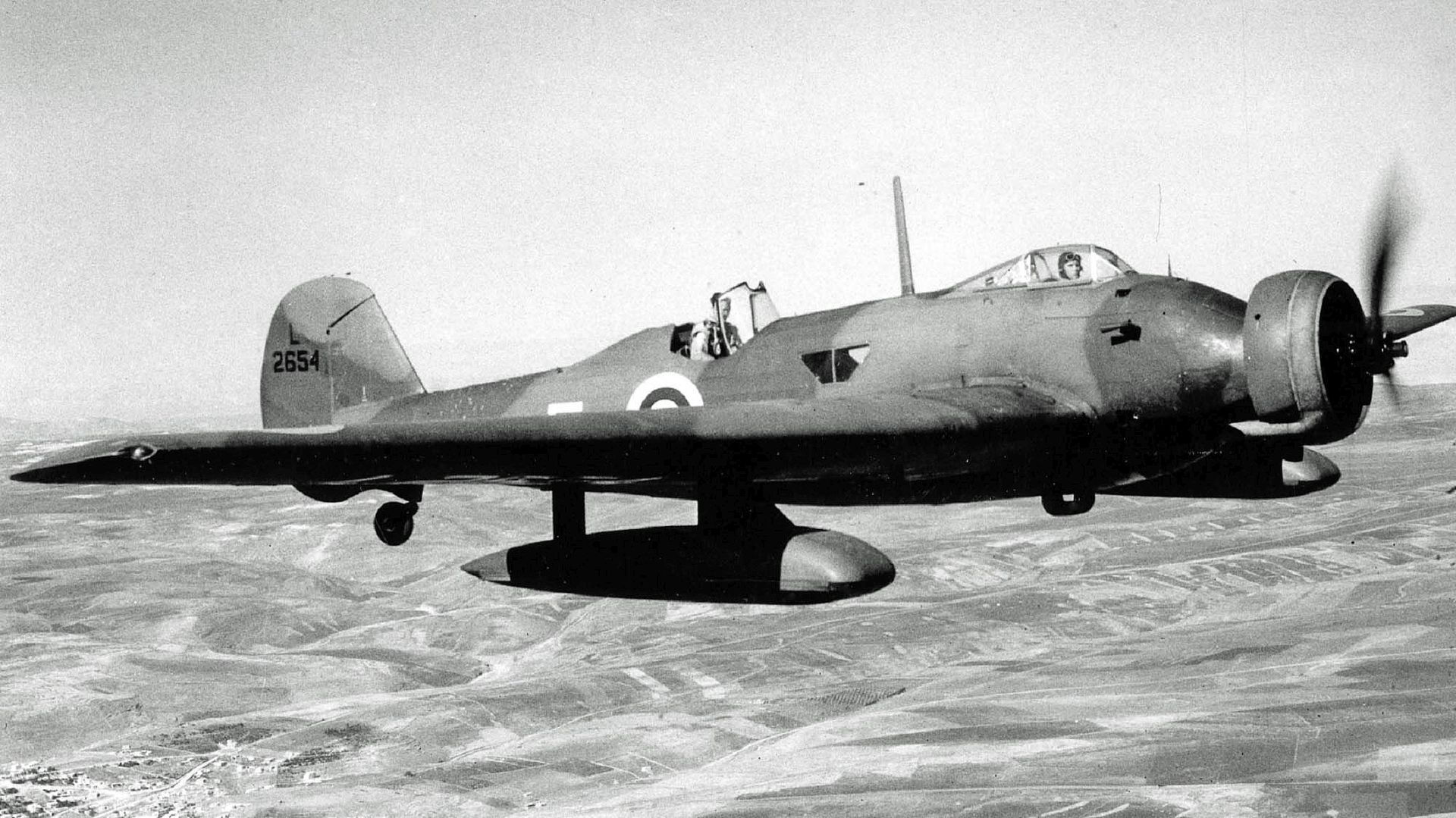
The pilot of 14 Sqn Wellesley L2654-F is assisted with his harness at Amman Transjordan 4th April 1939.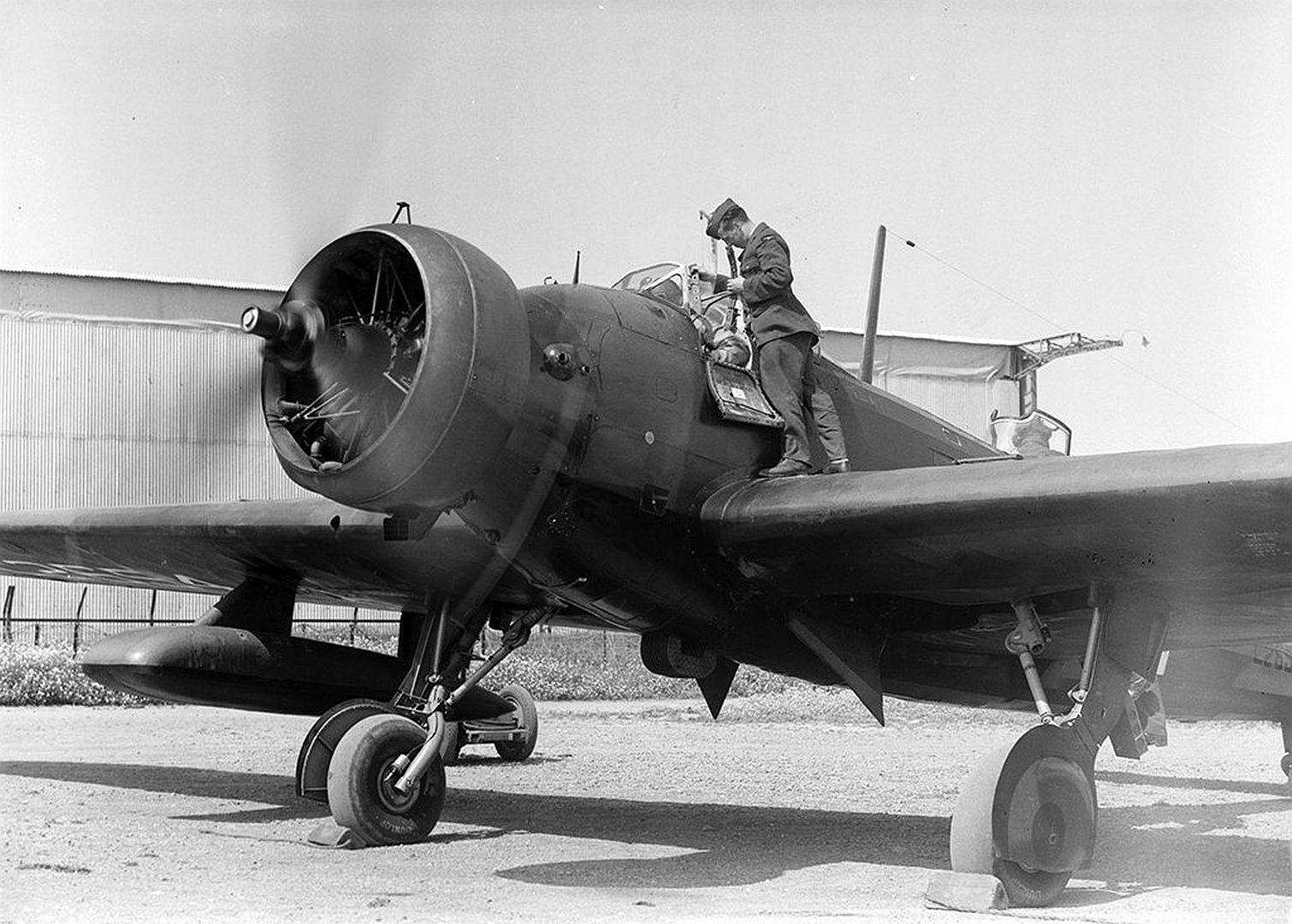
Vickers Wellesley K7716, K7710 of 76 Sq.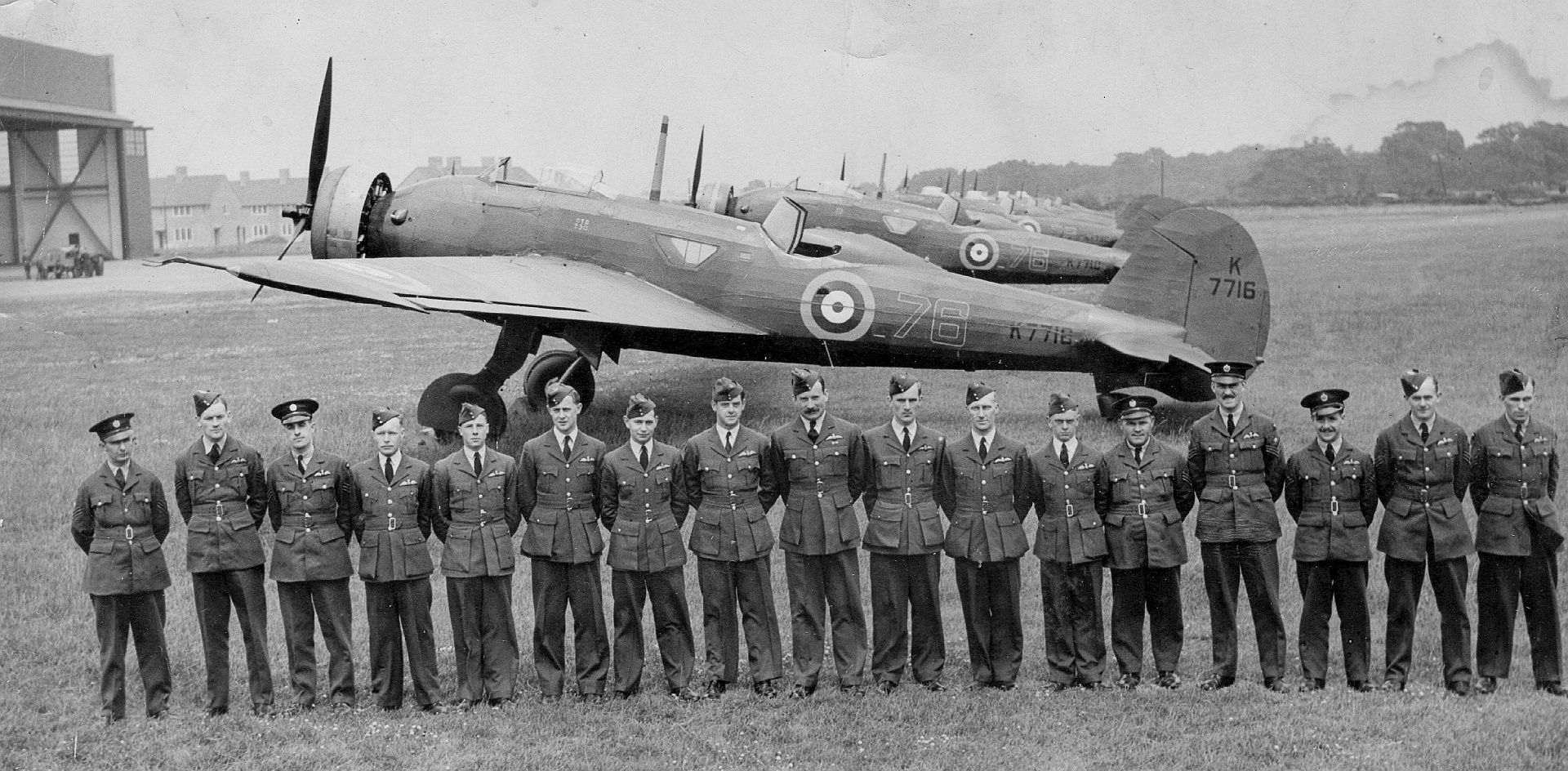
General characteristics
Crew: 3 (pilot, bomb-aimer, and rear-gunner)
Length: 39 ft 3 in (11.96 m)
Wingspan: 74 ft 4 in (22.66 m)
Height: 15 ft 3 1?2 in (4.661 m)
Wing area: 630 sq ft (59 m2) [13]
Empty weight: 6,760 lb (3,066 kg)
Gross weight: 11,048 lb (5,011 kg)
Max takeoff weight: 12,500 lb (5,670 kg)
Powerplant: 1 ? Bristol Pegasus XX radial engine, 925 hp (690 kW)
Performance
Maximum speed: 228 mph (367 km/h; 198 kn) at 19,700 ft (6,000 m)
Cruise speed: 180 mph (290 km/h; 156 kn) at 15,000 ft (4,600 m) (57% power)
Range: 1,220 mi (1,060 nmi; 1,963 km)
Service ceiling: 25,500 ft (7,800 m)
Time to altitude: 17.8 min to 15,000 ft (4,600 m)
Armament
Guns: ** 1 ? .303 in (7.7 mm) Vickers machine gun in right wing
1 ? .303 in (7.7 mm) Vickers K machine gun in rear cockpit
Bombs: 2,000 lb (907 kg) of bombs
Post a reply
- Go to Previous topic
- Go to Next topic
- Go to Welcome
- Go to Introduce Yourself
- Go to General Discussion
- Go to Screenshots, Images and Videos
- Go to Off topic
- Go to Works in Progress
- Go to Skinning Tips / Tutorials
- Go to Skin Requests
- Go to IJAAF Library
- Go to Luftwaffe Library
- Go to RAF Library
- Go to USAAF / USN Library
- Go to Misc Library
- Go to The Ops Room
- Go to Made in Germany
- Go to Campaigns and Missions
- Go to Works in Progress
- Go to Juri's Air-Raid Shelter
- Go to Campaigns and Missions
- Go to Works in Progress
- Go to Skinpacks
- Go to External Projects Discussion
- Go to Books & Resources
